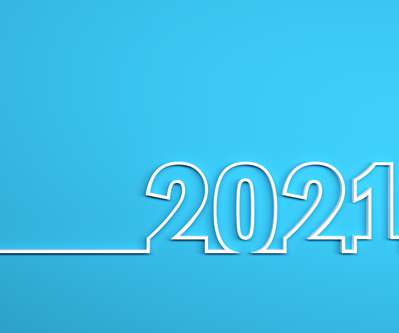Four SEL takeaways from a year of remote learning
eSchool News
JUNE 3, 2021
The move by many schools to distance or hybrid learning contributed to mental health issues like isolation, anxiety and depression. However in distance learning or hybrid environments, it can be more difficult for teachers to identify and address SEL concerns because they aren’t seeing students in person every day.












Let's personalize your content